Camping is filled with opportunities to practice and master essential skills. A true outdoor enthusiast will adapt, modify and master these skills at every opportunity.
So, here are 8 essential camping skills you should master to become an outdoor champion!
1. Fire Building
What’s camping without a warm, crackling fire! But, it’s not just the aesthetics, you know. A stable fire helps illuminate a campsite, provides warmth for the campers, is a means to cook meals, and provides you with a sense of protection from the elements.
Well, fire building is one of the camping skills that beginners struggle with.
Fire building really boils down to technique. If you know and practice the correct fire building techniques, you can quickly and easily start and maintain a fire anywhere, in any condition.
Pro-tip: Check out my fire starting hacks and keep practicing!
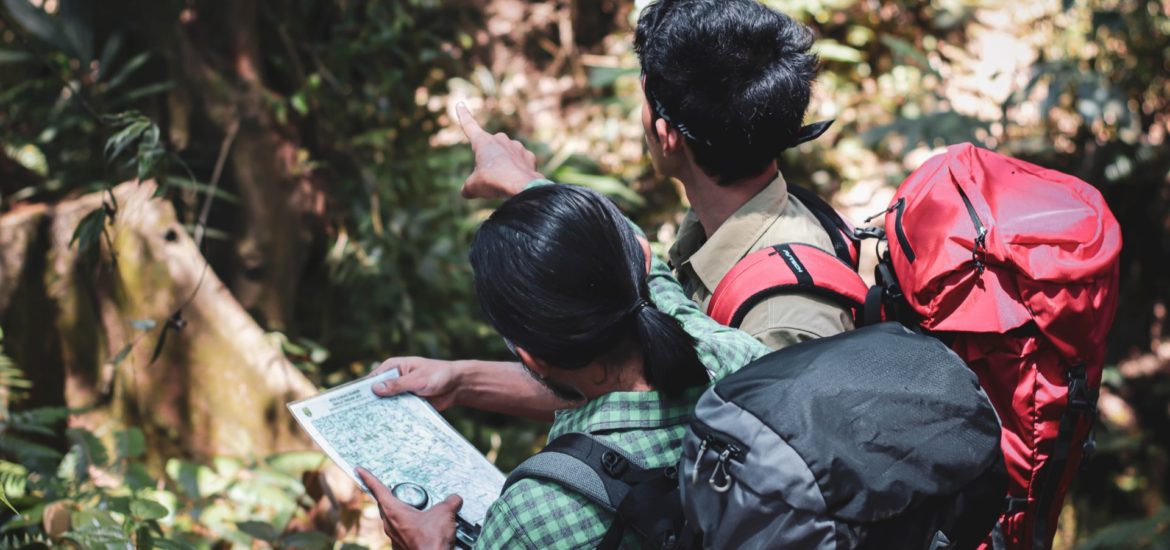
2. Orienteering
Let’s say you have to hike to reach the campsite or go on a multi-day backpacking trip in the backcountry. Your ability to navigate waterways, trails, and perhaps bushwhack matters a lot.
In simple terms, it means knowing how to follow and use a compass and a map like a pro. Orienteering skills help you assess a map and identify the symbols and terrain features and take a bearing using a compass.
If you can master orienteering, you can prevent yourself from getting lost while hiking.
3. Rope Knots
Knot tying techniques are required in many instances, from properly setting up a tarp and setting up tent guy lines, to stringing up a hammock or putting up a clothesline.
While there are so many kinds of knots, knowing at least some of them – the basics for camping, is sufficient for beginners.
Make sure you also know when to use each, so you don’t end up using the wrong one and collapse your shelter! The square knot, sheet bend, taut line, clove hitch, and bowline are some knots to keep within your arsenal.
Pro-tip: Check out my guide on How to Properly Tie the 3 Most Useful Knots for Camping.
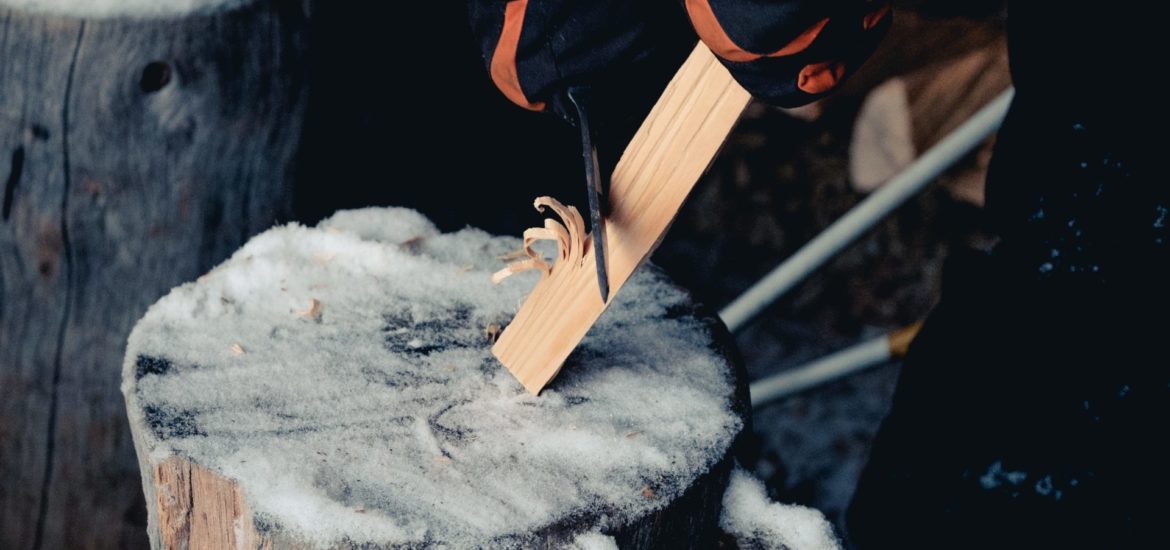
4. Bushcraft
Bushcraft never fails to amaze me. With enough time and effort, you can carve out and create pretty much anything, from a soup ladle to an entire shelter.
Woodworking, in particular, takes some patience, time, and effort but adding it to your list of camping skills is immensely valuable.
Creating Utensils
While backpacking, most campers must travel as light as possible, which means having to drop out some non-essential items.
So, if you need to leave some useful utensils at home, knowing how to carve out spoons, tongs, and containers out of wood can come to your rescue. Once you get the hang of it, it’s also fun!
Repairing Tools
Woodworking allows you to repair your own tools. You can save money and also become more independent. As you practice, you realize that fixing broken tools (as long as they are repairable) is no biggie.
Making Animal Traps
Sometimes knowing bushcraft skills can literally safe your life. Learning how to use sticks, strings/ropes, and rocks to set up different animal traps can be crucial when you run out of food and face a survival situation.
There are a variety of tension traps, deadfall traps, and snares you can learn. You never know when it’ll be used, but you’ll be glad you know how.
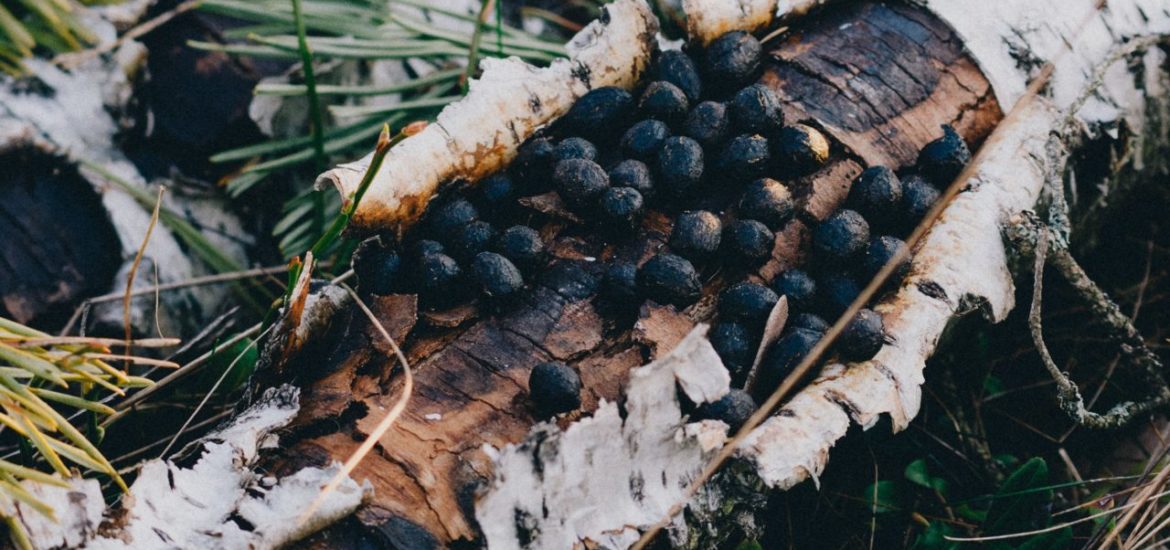
5. Animal Tracking
What kind of animals lurk around your campsite? Are they dangerous? Should you pick a different spot all-together?
Learning animal tracking as part of your camping skills can help you stay vigilant, cautious, and informed about species that live where you camp.
So, when you have a face-to-face encounter you won’t be surprised and can respond accordingly.
Animal Footprints
Footprints are the easiest way to find out what animals frequent your campsite! Tracking them is a fun activity to keep kids occupied as well.
Researching about your campground and the wildlife species inhabiting the area is a good way to start. You can take a look at the footprint shapes of some common animals found in the area with a quick google search.
Spotted a footprint? Examine it closely and try to figure out the owner!
Animal Scats
Another, albeit less flattering, way to recognize animals is by its poop! Wild animal droppings, known as scats, vary in size, smell, shape, and content. Observing them, and in some cases, dissecting them can help you identify the animal species and the type of food they eat.
Why is it important? Well, if you come across a suitable campsite that’s abundant with scats, then it’s frequented by wild animals. Best to pitch your tent elsewhere!
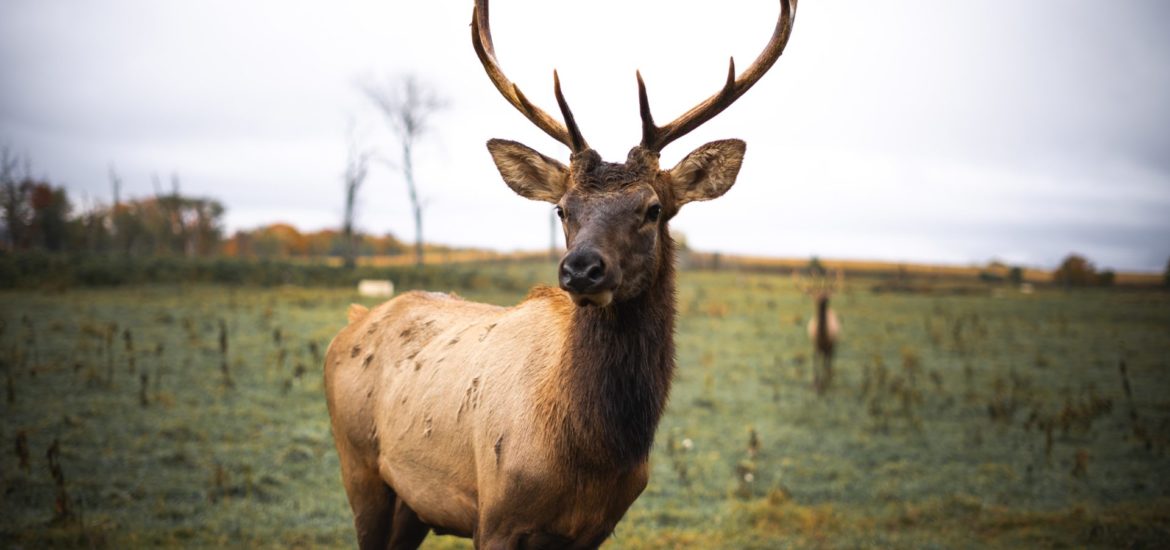
6. Flora and Fauna Recognition
During any outdoor adventure, you’re bound to come across a variety of animals, trees, and flowering plants.
So, learning how to identify different species of flora (plants) and fauna (animals) is an excellent skill to master while camping.
The knowledge you gain and share can help you and your fellow campers steer clear from trouble.
For example, some plants and flower species are toxic and cause severe allergic reactions such as poison ivy, giant hogweed, or uncooked elderberry [Reference].
My advice – a bit of research about the ecosystem of the area you’re visiting goes a long way.
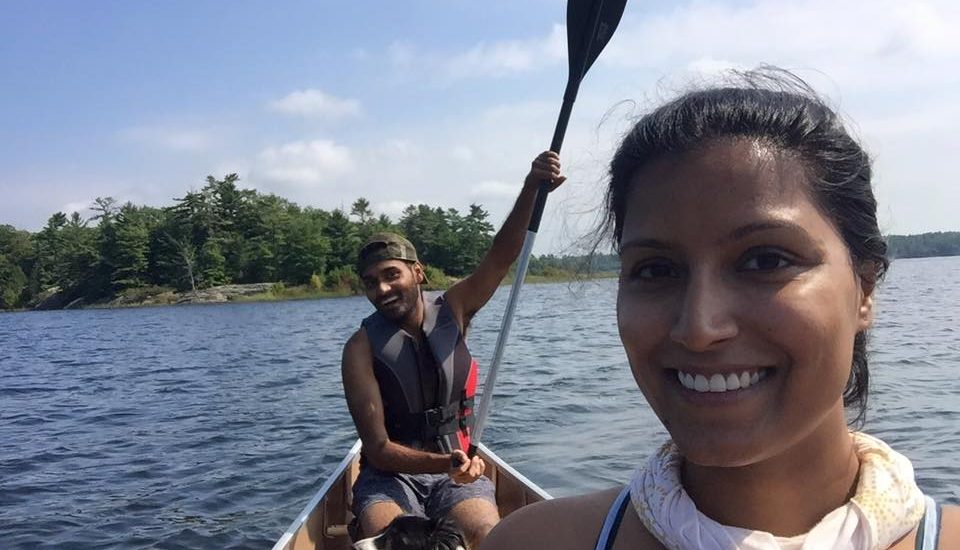
7. Canoeing and Kayaking
Watercraft safety and paddling skills take time to master but it’s essential especially for canoe and kayak assisted camping trips.
So, the next time you’re camping at a campground or near an outfitter, rent a canoe or kayak and spend a day practicing.
Practice Paddling with a Partner
When you paddle with a partner, it’s important to communicate and work in unison. Your paddling stroke rates should be in sync, and one person should control the steering to canoe or kayak efficiently.
Practice Paddling Alone
If you choose to paddle alone, you have to select a single canoe or kayak and practice maneuvering it by yourself. Two important things to learn are how to position yourself in the canoe/kayak, and what paddling stroke(s) to use. I primarily use the J-stroke when paddling solo.
Paddling alone is a not extremely difficult but can be much more challenging in windy conditions, so only do it if you are proficient.
Packing a Canoe or Kayak
If you are hauling camping gear, you must balance the weight on the boat to prevent it from toppling.
- Place heavy items in the middle and the lightest on the two ends.
- Keep everything low in the canoe or kayak to maintain a low center of gravity.
- Pack smart and tactfully so the things won’t move around while paddling.

8. Emergency Shelter Building
While camping, biking, or hiking, there’s no telling when you will face an emergency situation. If you become lost, stranded, or cut-off from help, you need to rely on yourself to survive.
Knowing how to manager resources to build an emergency shelter is a critical skill to learn and practice which can help save your life in a survival situation.
Having and using tarp and rope can make it a lot easier. But, without much supplies, you can still utilize your surroundings to build an emergency shelter from tree branches, large stones, or compacted snow.
So, during your next camping trip, spend a few hours collecting natural materials and see if you can master this essential survival skill. Check out how to build a survival shelter here.
This article contains affiliate links, which help support this blog at no cost to you!
